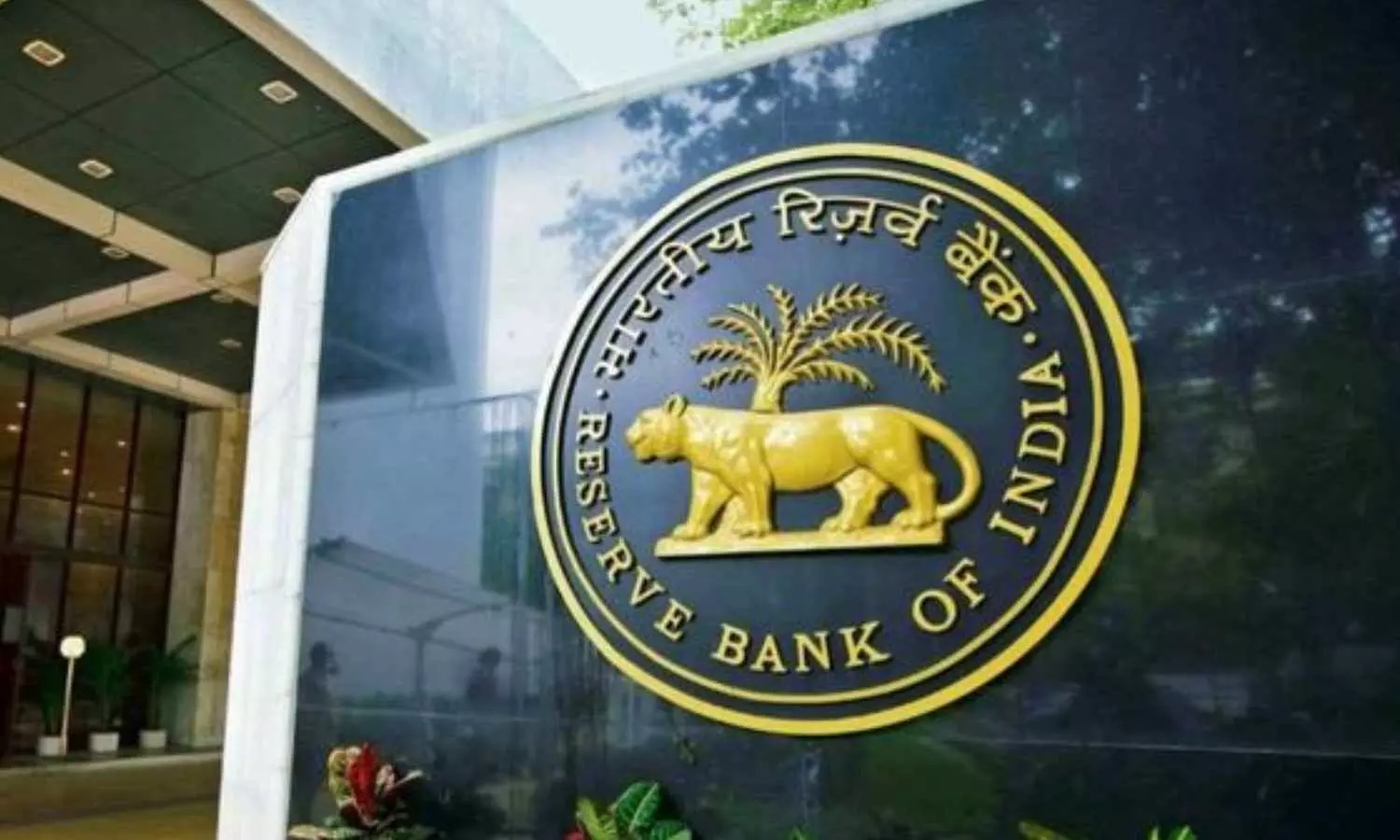Rate cuts may spell a bad omen for banks and NBFCs altogether
Understand why recent rate cuts could spell trouble for banks and NBFCs, potentially impacting profit margins, lending growth, and financial stability.
Rate cuts may spell a bad omen for banks and NBFCs altogether

One may see a relatively weak performance of banks, led by weak loan growth and NIM compression thanks to the massive rate cut by the RBI in the recent past.
The recent rate cuts will start hurting revenue growth in Q1 itself. Banks have fewer levers to offset this weakness, although trends in asset quality and consequently in credit costs should partially cushion this impact. Performance of NBFCs may be eclipsed by slowdown in disbursements and inch-up in delinquencies during the quarter.
Earnings are likely to decline by 2 per cent on an annual basis, due to weak revenue growth for banks. Provisional business data released by various banks confirms loan growth for frontline banks is at 7-12 per cent. The current fiscal is expected to be a challenging year for net interest income performance across banks, as we enter a sharp downward rate cycle wherein loans re-price faster than deposits. We are building in NIM to decline by 10-15 basis points on a quarterly basis, but note that different lenders may display different sensitivities to interest rates, given their composition of loans linked to different benchmarks and the timing of the pass-through. State-owned lenders may take a higher impact in Q1, while private sector lenders would see a higher impact from in the forthcoming quarter.
From a near-term commentary perspective, Emkay expects most discussions to centre around loan growth and the path of NIM over the next few quarters. The asset quality outlook is likely to be favourable. Lenders are expected to report lower slippages from unsecured loans and micro-finance institutes in which slippages have peaked in FY25, but analysts are awaiting Q1 trends, especially in the early warning buckets.
Slowdown in new businesses and inch-up in delinquencies will likely be key takeaways from Q1 performance of non-banks. Weak Q1 trends are typically discounted to be seasonal, although they remain monitorable this year. Q1 NIMs enjoy comfort from falling rates, although the majority of borrowing-side benefits are expected in the latter half. Stabilization of stress in unsecured personal loans and microloans is positive with moderate weakness in vehicles and secured MSMEs. Affordable home loans remain stable compared to most others; the performance of gold loans is likely at its peak.
Q1 was a strong quarter for equity markets, with Nifty-500 up 10 per cent on closing and 5 per cent on an average basis, along with largely stable net MF flows.
Among AMCs, equity AAUM growth is the highest for Nippon/HDFC due to healthy net inflows, reflecting the underlying fund performance. Among RTAs, Kfin’s earnings trends are likely to be stronger versus CAMS which will be impacted by pricing issues. Angel One is likely to report weak earnings due to both revenue pressures and high expenses.
The rating business is likely to have a decent quarter, given mid-teen qoq growth in bond issuances, while non-rating revenue growth remains uncertain.
EoM.

